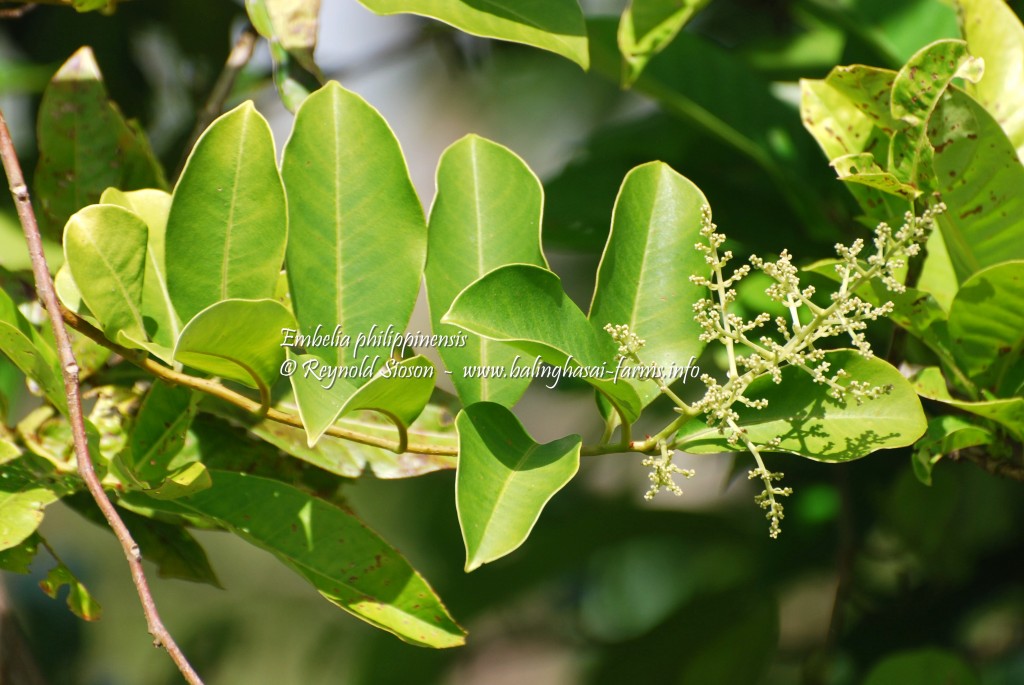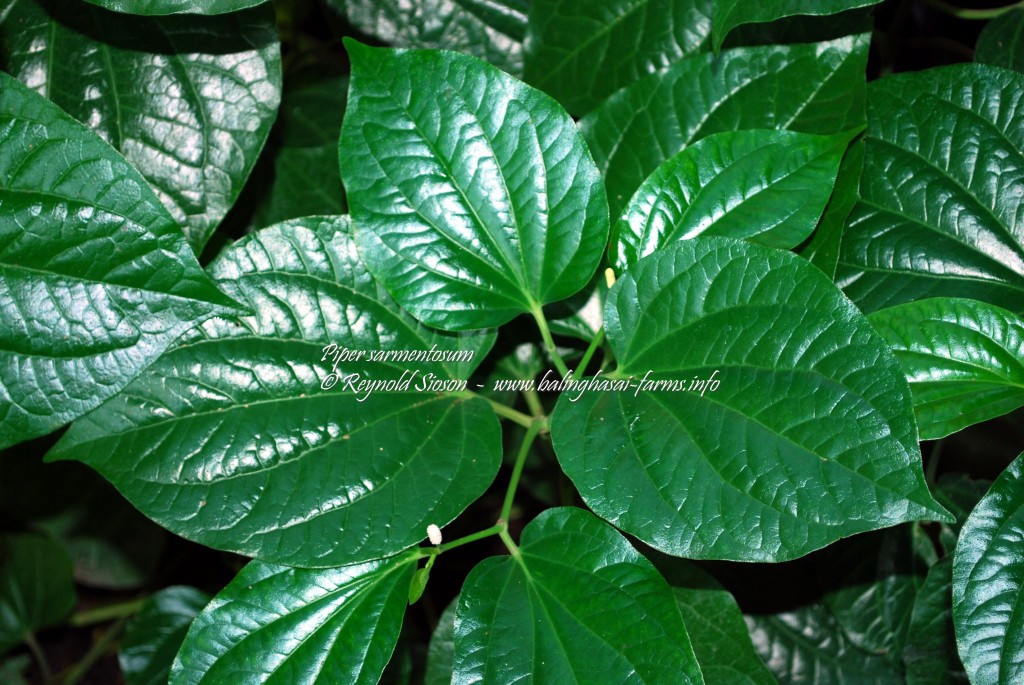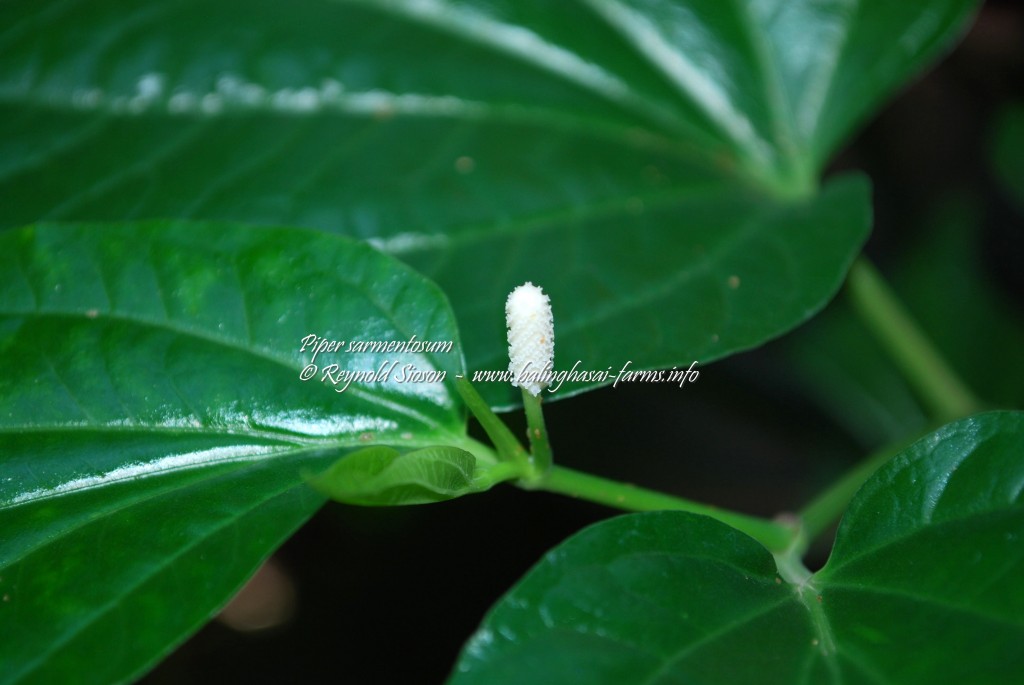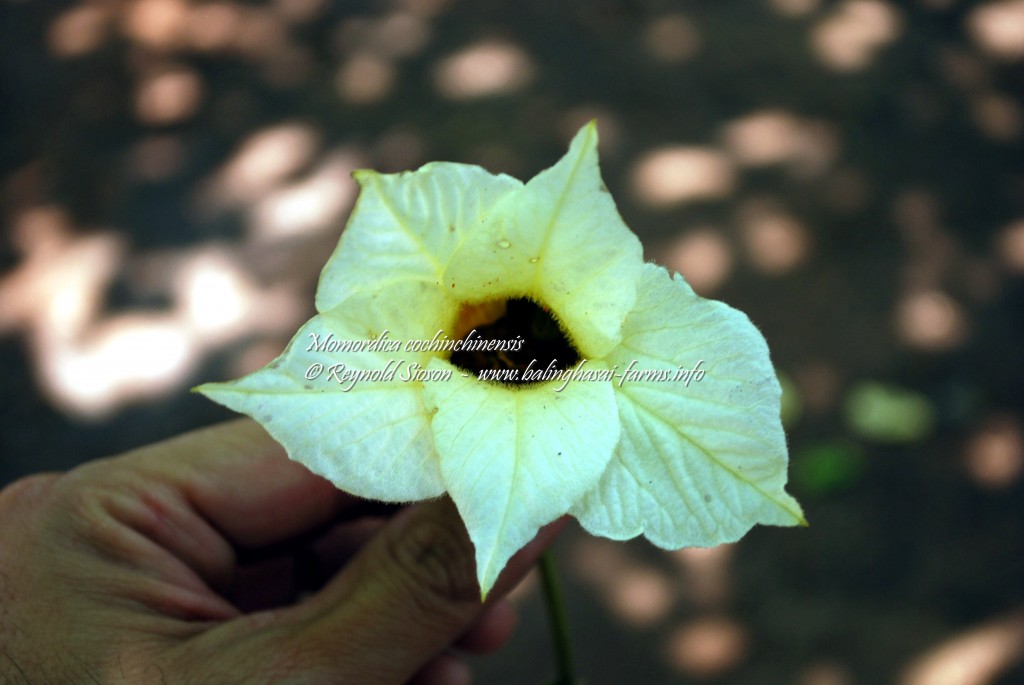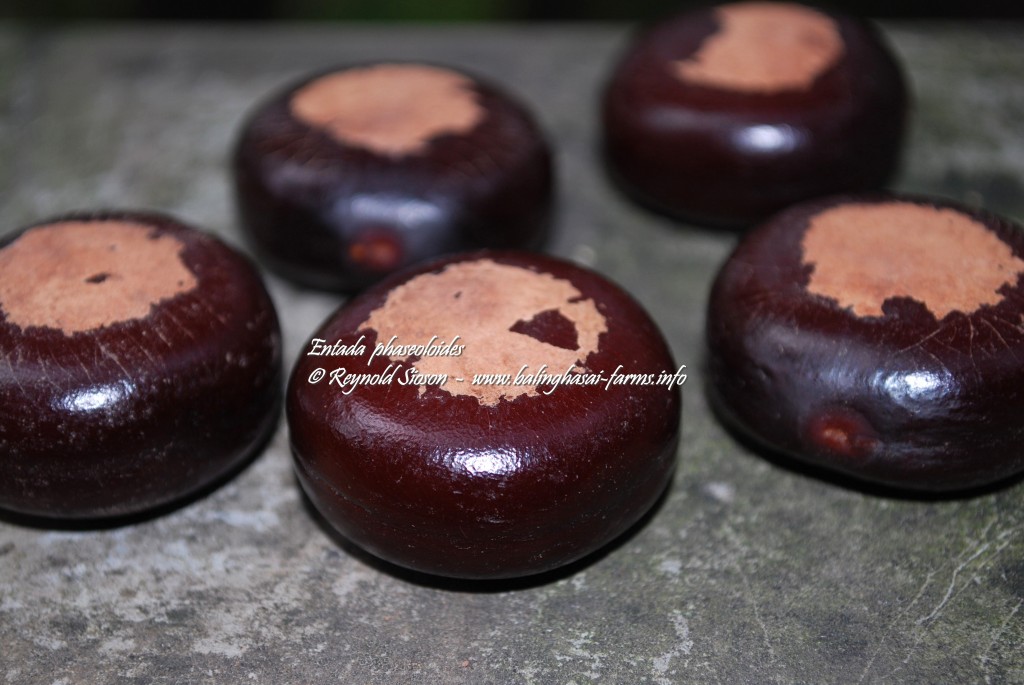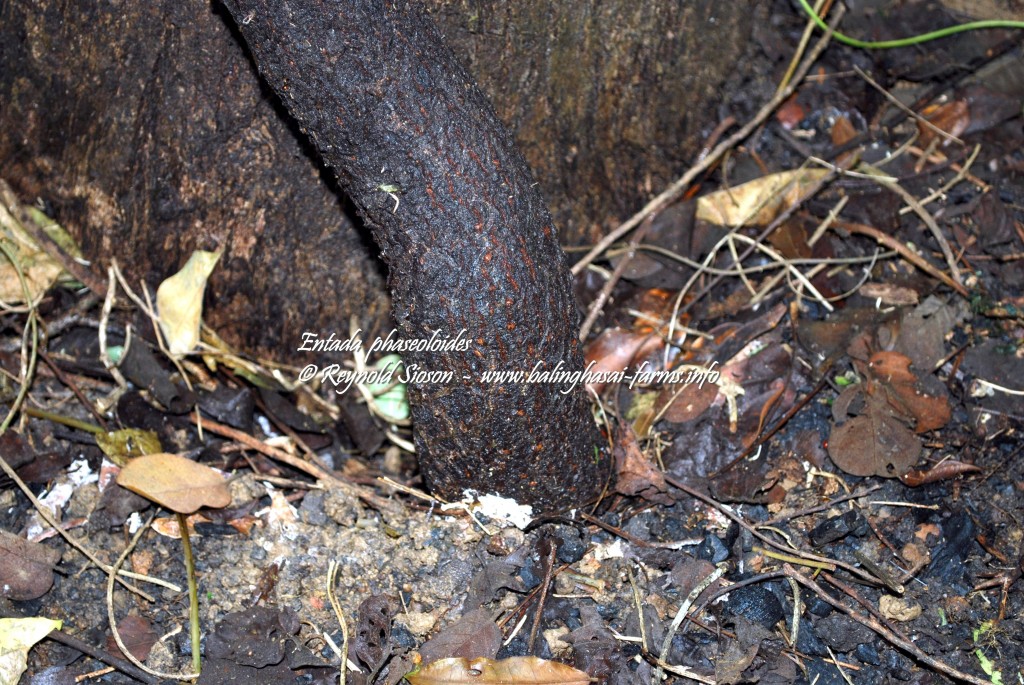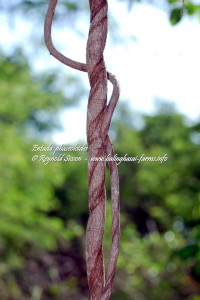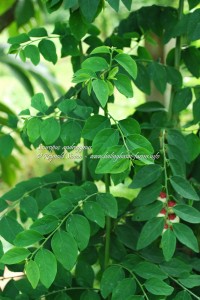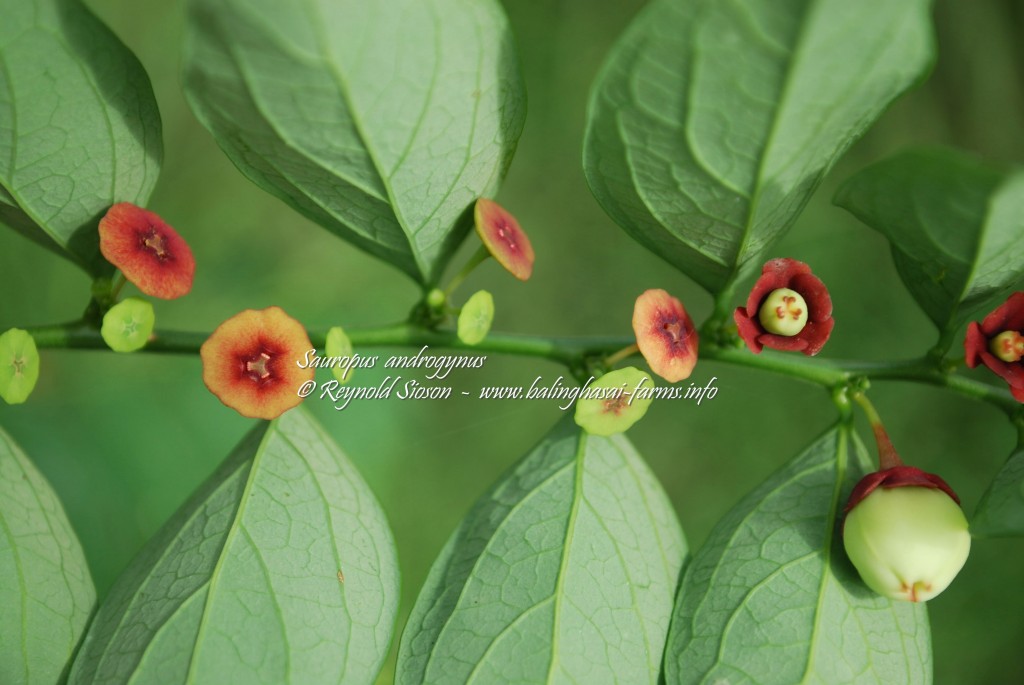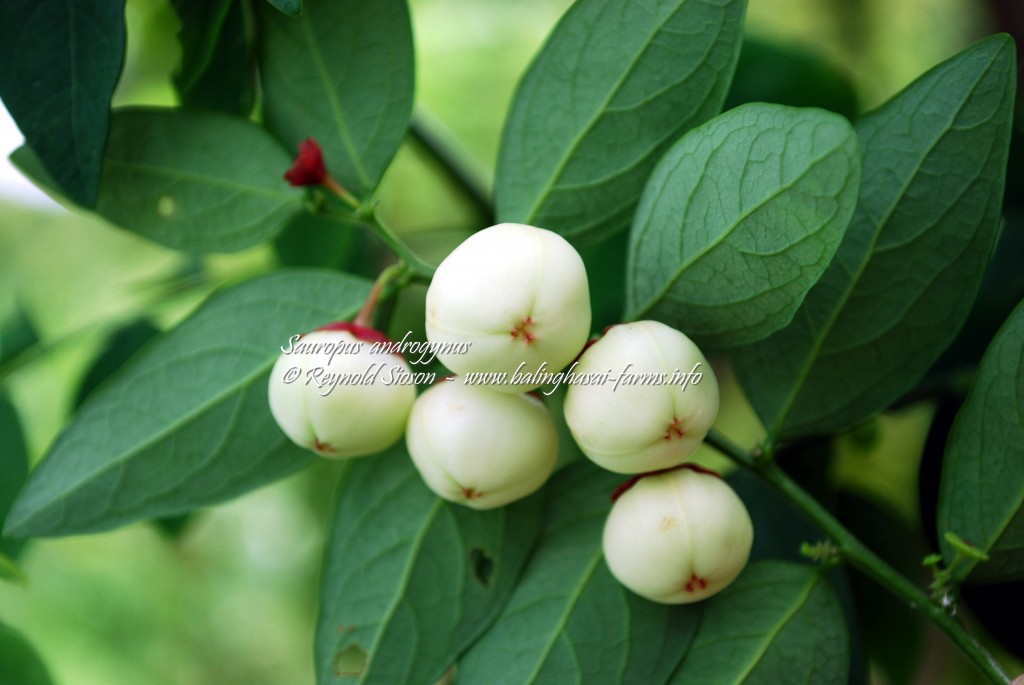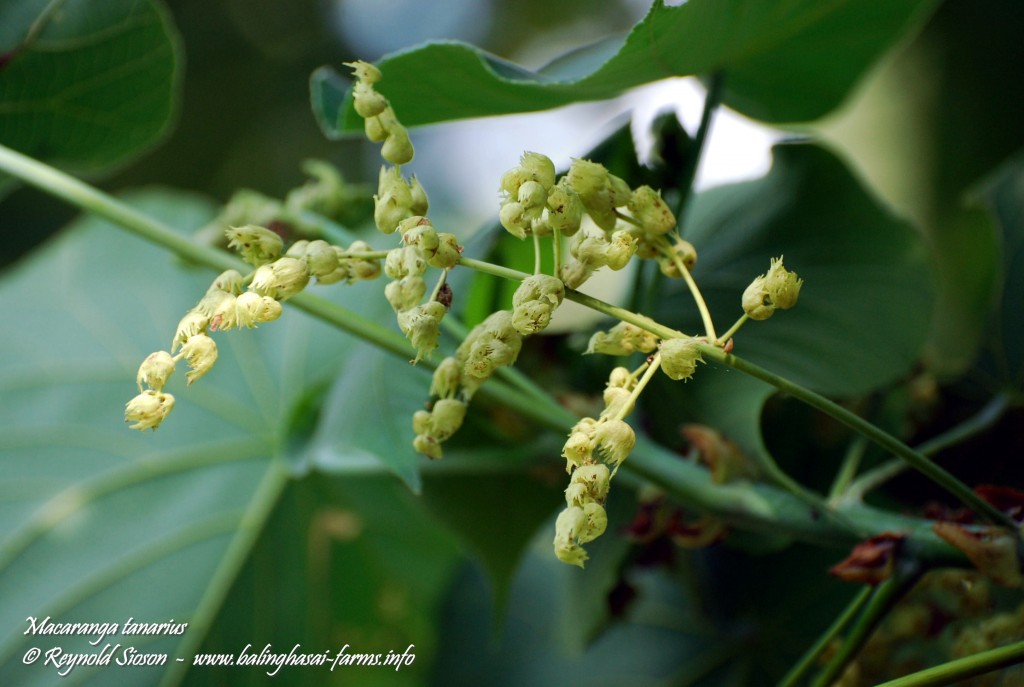Specimen : Wild and semi-domesticated trees
Specimen height : 20-30 meters
Habitats : In open woodlands, coastal thickets and along natural waterways
Local name : Dita
Trade name : Devil tree, Milkwood, White cheesewood, Milky pine
Botanical name : Alstonia scholaris
Family : Apocynaceae
Traits : Drought tolerant; Emergent tree; Evergreen; Fast growing; Low to medium altitude tree; Medium to large tree; Salt spray tolerant; Shade tolerant; Tolerant of infertile soil; Tolerant of occasional water-logging
Recommendations : Boundary marker; Coastal stabilization; Erosion control; Farms; Large avenues; Large gardens; Living fence; Mangrove management; Ornamental tree; Paper & pulp tree plantations; Pioneer species for reforestation purposes; Public spaces; Riparian management; Roadside tree; Shade tree; Specimen tree; Timber belt; Urban greening; Wildcrafting; Windbreak
Used for : Latex are made into chewing gum; Fiber are obtained from the bark; Inflorescence yields essential oil; Sap from the bark is used as tonic, vermifuge and anti-malarial drug; Latex and leaves are also medicinal; Wood for interior work, veneer, plywood, wooden crates, bowls, food containers, boxes and shoes, coffins, chalkboards, small wooden items, buoys or floats and carving; Pulpwood; Fuelwood
Native range : India, Sri Lanka, China, Southeast Asia (including the Philippines), New Guinea, Australia and neighboring islands
National conservation status : Not threatened
Possible threats : Clearing of woodlands for agricultural, commercial or residential use; Forestry logging
(Note : The wood is made into chalkboards and slates used for school hence the epithet “scholaris”)
Further readings :
Philippine Woods : Principal Uses, Distribution & Equivalent Woods in Asia Pacific (A. Ella, A. Tongacan, R. Escobin & F. Pitargue)
Revised Lexicon of Philippine Trees (J. Rojo)
Tropical & Subtropical Trees (M. Barwick)
World Agroforestry Centre - AgroForestry Tree Database Alstonia scholaris http://www.worldagroforestrycentre.org/sea/Products/AFDbases/AF/asp/SpeciesInfo.asp?SpID=201 (783)
